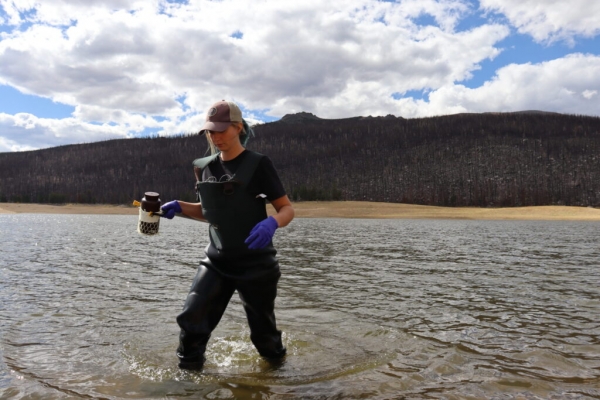Rivers and streams serve as critical connectors across vast geographical landscapes, trickling out of tucked-away headwaters and snaking thousands of miles toward oceans and deep seas. These waterways directly impact human and environmental health, agriculture and energy production, and supply the United States with roughly two-thirds of its drinking water. And yet, compared with other larger waterbodies, the microbiology of rivers is relatively understudied.
A Colorado State University-led team of scientists have contributed to changing that — detailing for the first time both broad and specific information about the presence and function of microorganisms in rivers covering 90% of the watersheds in the continental U.S. Cataloging the microbiome of these rivers is the result of a yearslong participatory science effort published this week in the journal Nature.
This new research suggests that microbes play a significant role in shaping the overall health of rivers. The paper’s authors describe river microbes as “master orchestrators of nutrient and energy flows that will likely dictate water quality under current and future water scenarios.” What’s more, the authors found these microbes are interacting with contaminants found in the water, adding new detail to an existing body of evidence showing that rivers are impacted by artificial inputs such as antibiotics, disinfection products, fluorinated compounds, fertilizers and microplastics. Notably, river microbes had the ability to degrade microplastics into smaller carbon compounds, and microbes found near wastewater treatment plants expressed high levels of antibiotic resistance genes.
Read more at: Colorado State University
CSU research scientist Katie Willi sampling water from the Cache la Poudre River. (Photo Credit: Anika Pyle)
Health Top Stories Ecosystems

